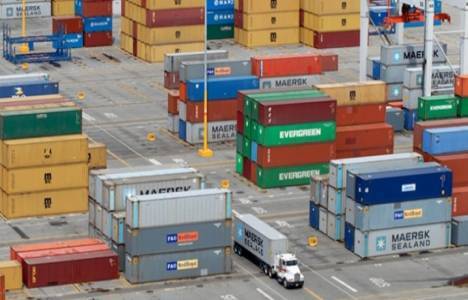
Relationships in Over the Counter Markets
by Christine Parlour (Berkeley-Haas)
For a preliminary version of the paper, see here.
The size of over the counter (OTC) markets is enormous. As of April 30, 2015, the BIS estimated that the notional value outstanding of derivative contracts traded OTC to be 20,880 billion USD. Despite the importance of this market to practitioners, regulators and academics some aspects of its organization are not well understood. This is because, the current paradigm to analyze OTC markets is based on search models. Recently, an empirical literature (focusing on the Municipal Bond market) has established that some OTC markets, when viewed as a network, have a core/periphery structure. That is, a few dealers perform most of the transactions. These empirical results are inconsistent with search models. The premise of this project is that OTC markets are not search markets, but relationship markets. There will be two steps to this analysis. First, develop and analyze a clean model of customer intermediary interaction. Second, embed this in an industry-wide model in which intermediaries compete for customers.
Photo source: driverlayer.com

Topics
Capital flows
Initiatives
Financial Globalization








